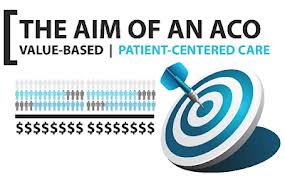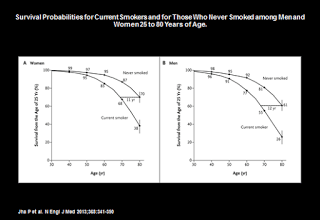I’ve always promoted self and family advocacy in healthcare situations. As an administrator, I strive to create an environment for the patient to get the best and safest care possible. However, the healthcare system is heavily dependent upon humans and mistakes and errors happen.
I’ve always promoted self and family advocacy in healthcare situations. As an administrator, I strive to create an environment for the patient to get the best and safest care possible. However, the healthcare system is heavily dependent upon humans and mistakes and errors happen.
A new book, The Patient’s Checklist, provides guidance to healthcare consumers and family members on just how to go about the process of ensuring that you are getting the best and safest hospital care possible. It also includes some basic checklists that can help you stay organized if you don’t have access to a personal health record.The checklists include:
- Before You Go: Tips to be better informed, prepared, proactive.
- What to Bring: Practical (and personal) items to bring to help you maintain your humanity and sanity in the impersonal and chaotic world of a hospital.
- During Your Stay: Tips to both increase your comfort during a hospital stay and partner more effectively with your care team.
- Master Medication List: A user-friendly log to track all prescribed medications during your hospital stay.
- Daily Medication Log: A daily log to help ensure that for any medication given, it’s the right drug, the right dose, at the right time—and that it is meant for you!
- Daily Journal: A brief but important way to chronicle each day of your hospitalization.
- Discharge Plan: Tips to begin planning for your discharge now in anticipation of the complexities of home care.
- Insurance: Tips to navigate our overly complicated insurance system.
- Doctor Contacts: How to keep an organized list of all your doctors.
- Family & Friends Contacts List: A way to consolidate contact information for family and friends so everyone can help in the best ways possible.
For my fellow administrators, the book also includes stories… stories of how errors, oversights and mis-communication affected patients and their families. Is it any wonder that patient experience is included in CMS’ Value Based Purchasing program?
The only advice I would add is for patients and their advocates to not be afraid to speak up! First, seek out the manager of the unit or hospital nursing supervisor. If he or she can’t resolve the problem, ask for the Patient Advocate or assigned case manager. Next in line is the Director of Nursing. And, if she or he can’t help. Find the administrator’s office and request a meeting to discuss your concerns with the quality and safety of the care being provided. If this doesn’t seem to work, just contact me and I’ll share a few additional options that you have available.
Also see the Joint Commission’s Preventing Errors in Your Care and other resources on their site.







